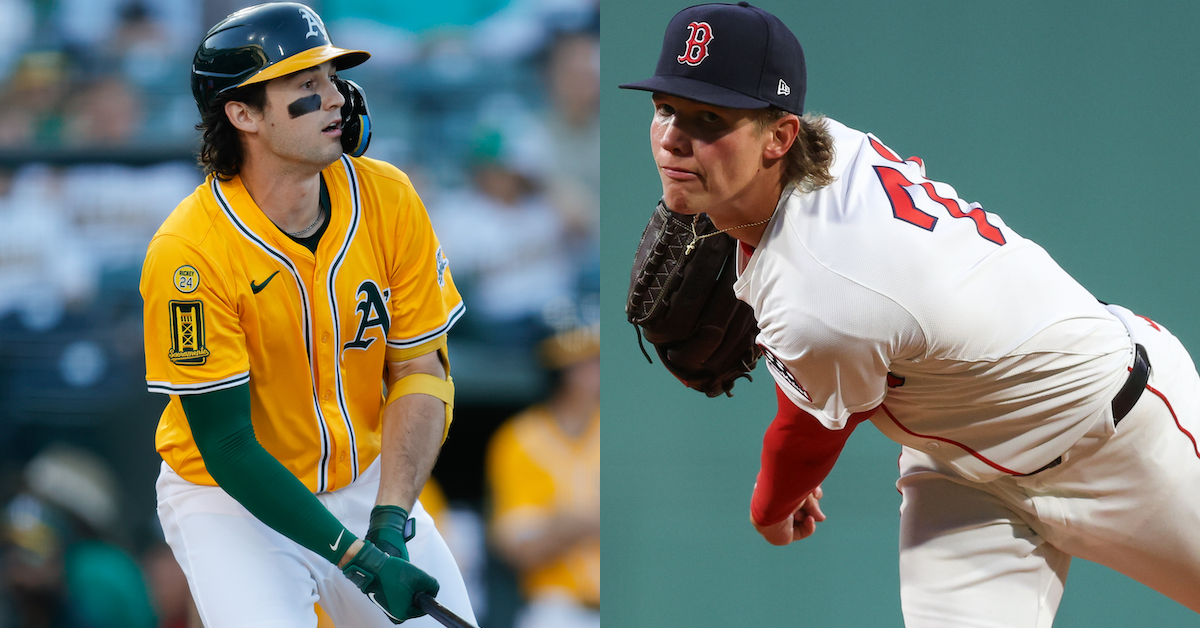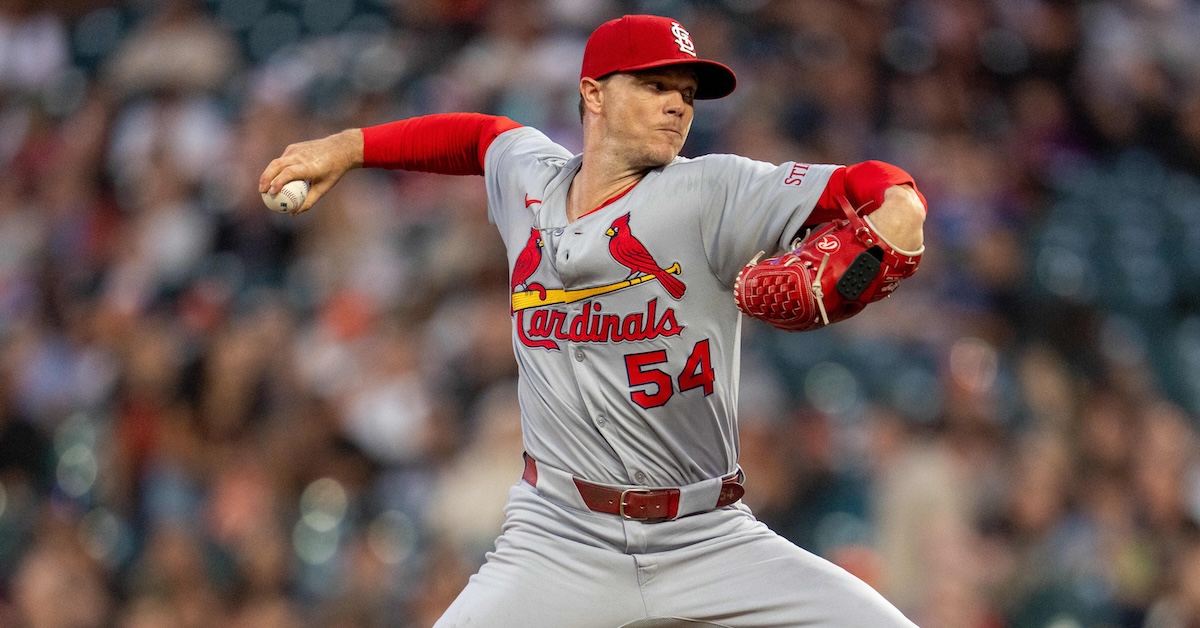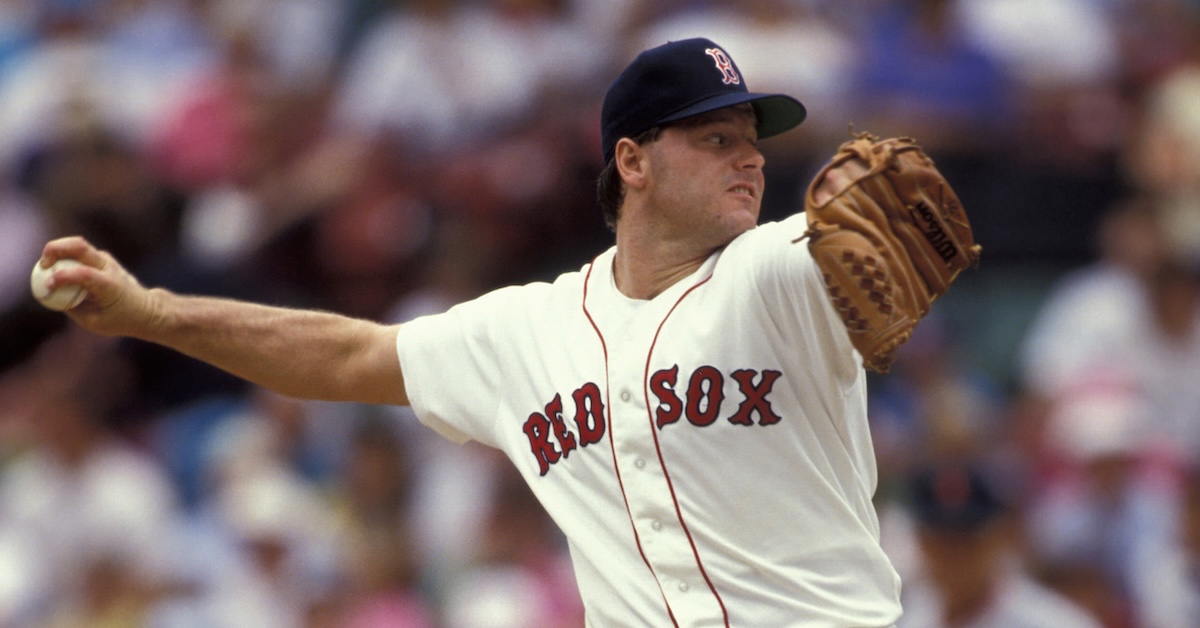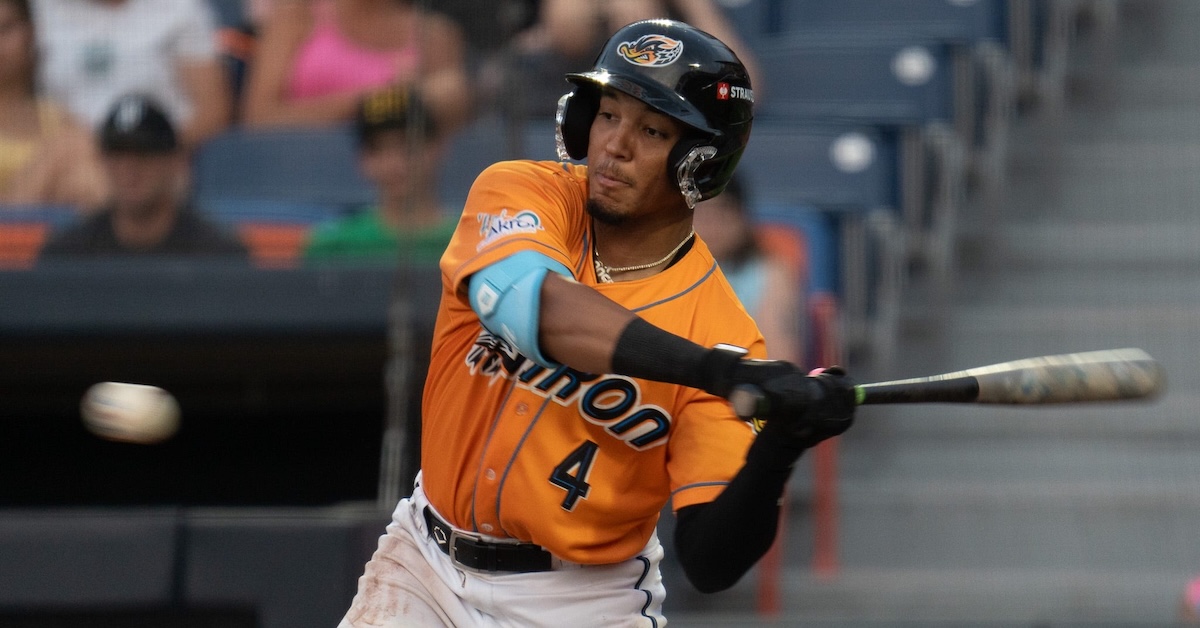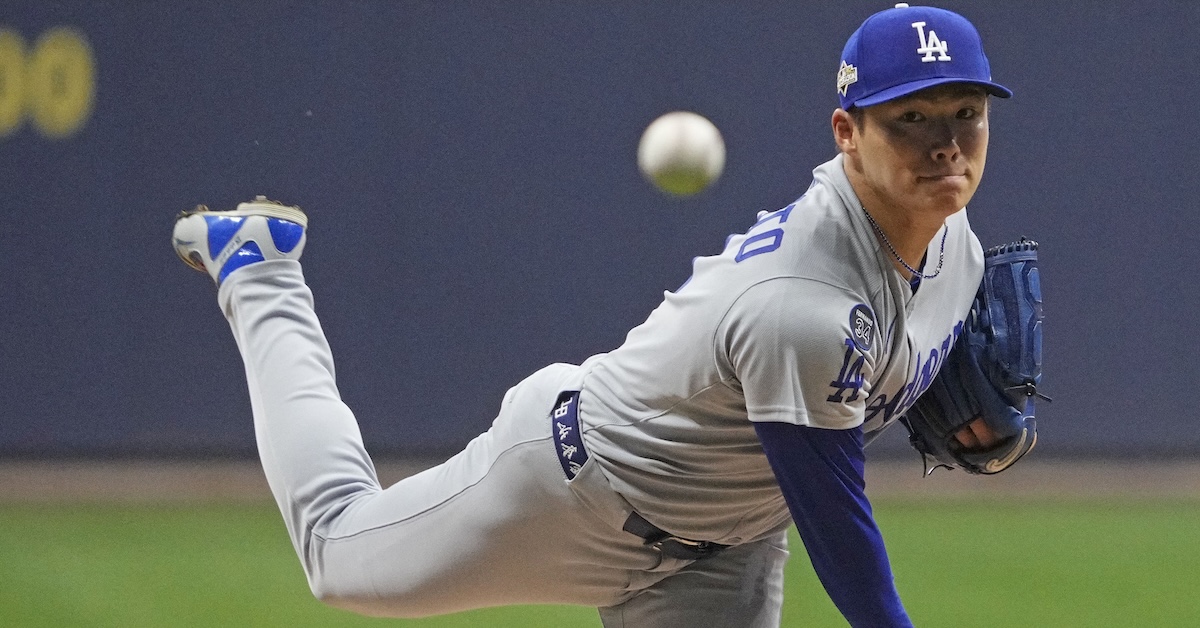Sunday Notes: The Red Sox Expect Sonny Gray to Be Better Than Walker Buehler
The Boston Red Sox made a pre-Thanksgiving trade on Tuesday, acquiring Sonny Gray from the St. Louis Cardinals in exchange for 25-year-old right-hander Richard Fitts and hard-throwing prospect Brandon Clarke. How well the deal works out for Craig Breslow’s club is anyone’s guess — my colleague Michael Baumann wrote that he couldn’t “declare this trade to be a robbery in either direction” — but the 36-year-old righty does have a track record of reliability. Gray has graced a big-league mound 92 times over the past three seasons, gobbling up 531 innings and posting a 3.63 ERA as well as a 3.11 FIP. If he can continue to fend off Father Time a while longer, the erstwhile Vanderbilt Commodore will add value to the Red Sox starting rotation.
A Vandy product Boston brought on board as a free agent last winter came to mind when the trade was announced. That would be Walker Buehler, who despite high hopes ultimately proved to be a bust. Unable to return to old form, the veteran righty struggled to a 5.45 ERA over 112-and-a-third innings and was cut loose by the Red Sox in late August.
There are clear differences between the two pitchers — their respective health histories particularly stand out — but they nonetheless have things in common. One is a diverse repertoire. Another is a lack of high-octane heaters.
Buehler was in the 43rd percentile for fastball velocity in 2025, while Gray was in just the 16th percentile. As Baumann pointed out, the latter “has started leaking fastball velocity… [but has] compensated by leaning into a cutter and changeup, making him a legit six-pitch pitcher since 2023.” Meanwhile, the 31-year-old Buehler leaned heavily on a six-pitch mix while compensating for the velocity he lost following Tommy John surgery in 2022. Read the rest of this entry »
